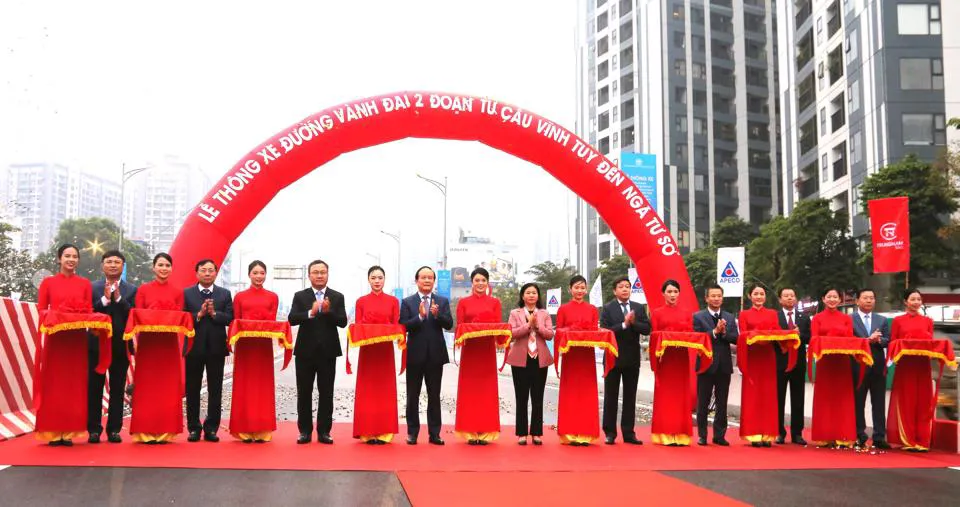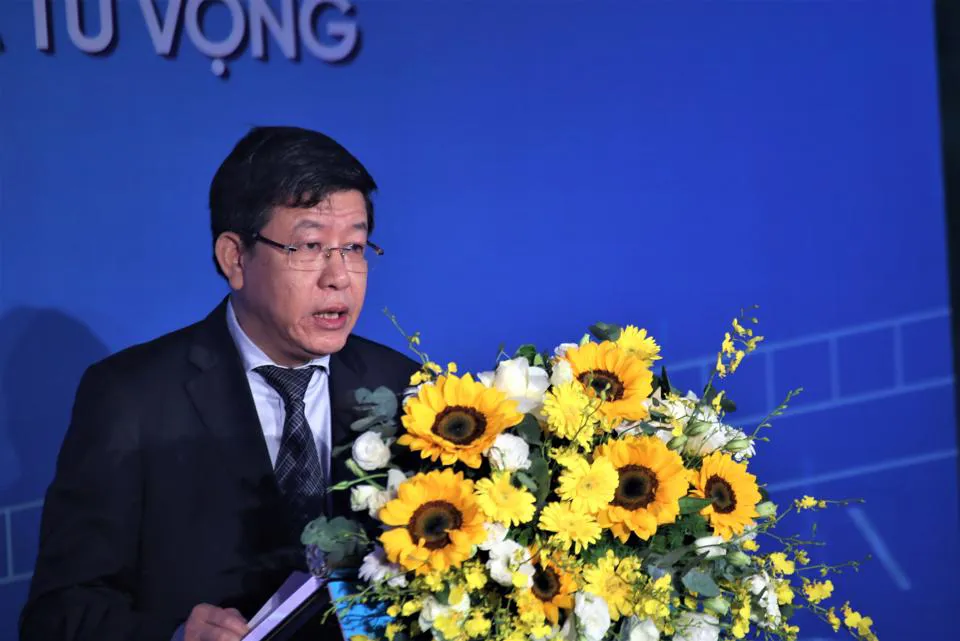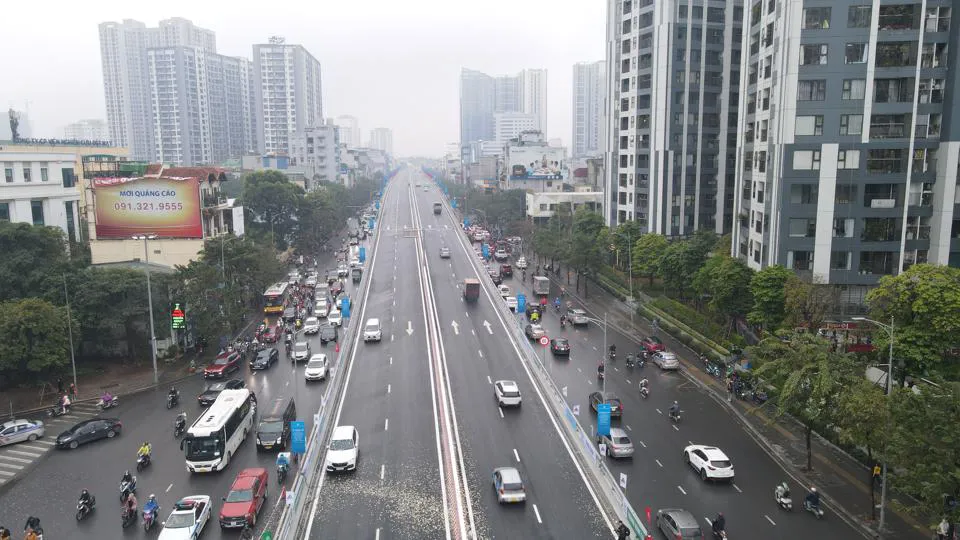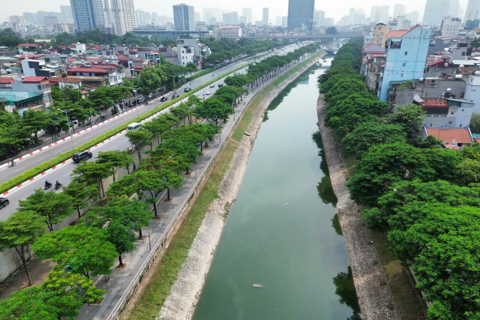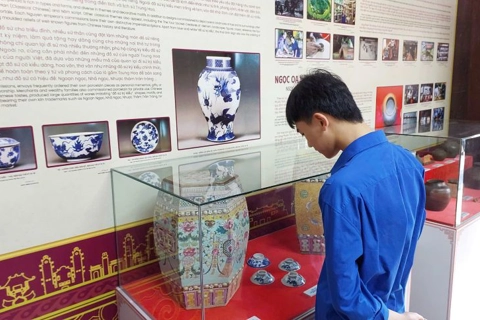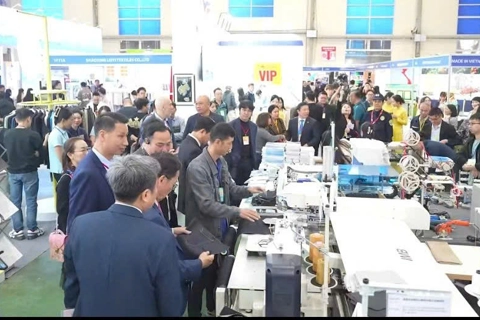Hanoi opens elevated section of Ring Road No. 2 to traffic
Once completed, the project would help address rising traffic between the city’s center with the North and Northeast and congestions in the downtown area.
The Vinh Tuy - Nga Tu Vong elevated stretch of Ring Road No.2 has officially been open to traffic today [January 11], marking the completion of one of the most awaited transport projects in the capital.
| Delegates at the ceremony. Photos: The Hanoi Times |
According to the Hanoi Transport Construction Investment Project Management Board, the Ring road No.2 section Vinh Tuy – Nga Tu So, including both the elevated and the ground stretches, is estimated to cost over VND9.4 trillion (US$400 million).
With a length of 43.6km, the Ring road No.2 would form a circular road in Hanoi running through Vinh Tuy – Minh Khai – Dai La – Nga Tu Vong – Truong Chinh – Nga Tu So – Lang – Cau Giay – Buoi – Nhat Tan – Vinh Ngoc – Dong Hoi – Gia Lam tunnel – Hanel industrial park – Vinh Tuy.
Once completed, the project would help address rising traffic between the city’s center with the North and Northeast and congestions in the downtown area.
| Vice Chairman of the Hanoi People's Committee Duong Duc Tuan speaks at the inauguration ceremony. |
Vice Chairman of the Hanoi People’s Committee Duong Duc Tuan noted that Ring road No.2 remains a priority transport project for the city during the 2021-2025 period, stretching through four districts of Hai Ba Trung, Dong Da, Thanh Xuan, and Hoang Mai.
“Following the completion of one of the key Ring road projects in the city, locals could benefit from better traffic, eventually contributing to socio-economic activities and addressing urgent transport matters,” Tuan said.
Tuan also highlighted the efforts of localities and departments, and units of the city in overcoming challenges to ensure the project’s completion on time and of high quality.
| Ring road No.2 from above. |
The project kicked off in 2018 but was partially interrupted due to the Covid-19 pandemic.
With a population of 10 million and seven million personal vehicles, Hanoi's road infrastructure faces increasing pressure due to rapid urbanization.
Over the past 10 years, the number of cars has increased 30-fold, reaching one million by 2022. On average, transport vehicles grew by 4-5% per year, but the land used for urban transport only increased by 0.28%.

